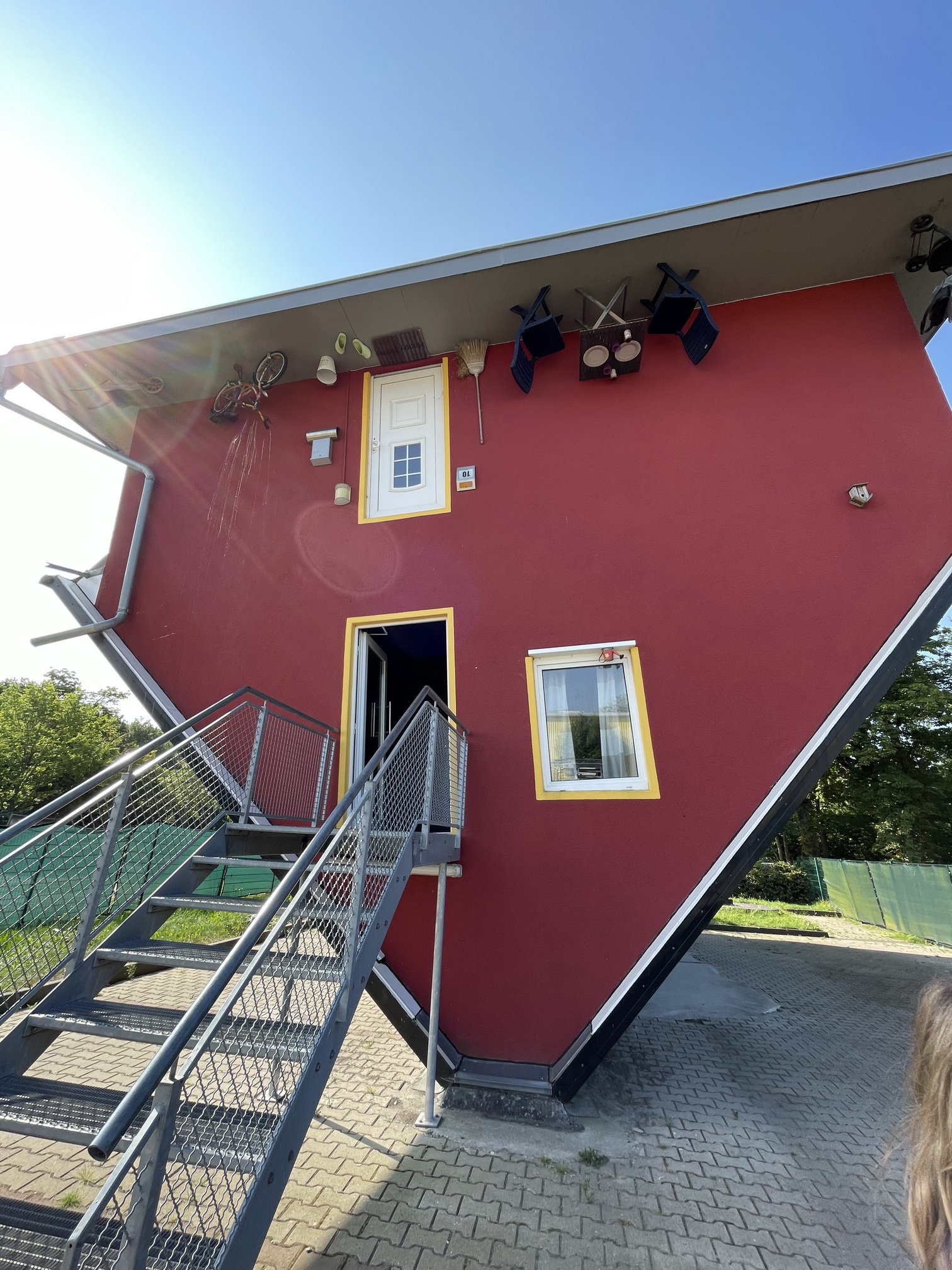Santorini, a jewel of the Greek Cyclades, is an island that instantly captivates with its dramatic beauty. Whitewashed villages cling precariously to the caldera cliffs, a testament to the island's volcanic past. The iconic blue-domed churches stand out against the stark white landscape, creating a scene that feels both serene and awe-inspiring. Every turn presents a postcard-worthy view, from the deep turquoise waters of the Aegean Sea below to the colorful layers of volcanic rock exposed in the cliffs. It's a place where the natural wonders of the world meet human ingenuity, resulting in an unforgettable destination.
The charm of Santorini extends beyond its breathtaking views. The island's narrow, cobblestone streets are brimming with boutiques, art galleries, and tavernas, each oozing with Greek character. As the sun begins to set, the caldera comes alive with a kaleidoscope of colors, painting a masterpiece in the sky that draws crowds to the iconic viewpoints of Oia and Imerovigli. This is a place where you can lose yourself in the simple pleasures of life – savoring fresh seafood, sipping local wine, and watching the world go by against a backdrop of unparalleled beauty. Santorini is more than just a pretty picture; it's an experience that lingers long after you've left its shores.


